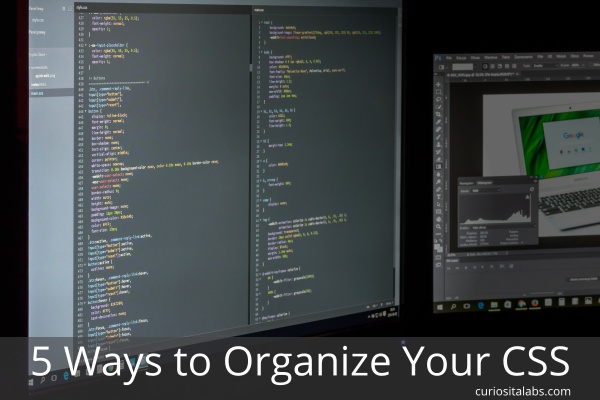What CSS Frameworks do you use? A framework like Bootstrap can be customize to suit your needs. Sometimes you have override the standard styles to get the design to work. You may want to use a framework that is flexible and doesn’t make design decisions for you. Here are 5 frameworks that you can use in your next project.

Photo by Shopify Partners from Burst
Pure CSS
Pure.css is small, responsive CSS framework. It allows you to easily create your own styles while providing responsive layout and common UI components. Pure.css is flexible that you can use it with other frameworks like Bootstrap without any issues. Monty Shokeen explains how you can start using [this framework] (https://www.sitepoint.com/introducing-pure-css-lightweight-responsive-framework/) in your next project.
Mini CSS
Mini.css is a minimal and responsive framework. You can quickly change the CSS file to make a custom design. It relies on CSS for the styling, so it won’t conflict with any JavaScript library that you need to use.
Bulma
Bulma is a CSS framework that is based on Flexbox. It is responsive, modular and free. Bulma is easy to learn and customize. You don’t need JavaScript to get started using this framework.
Tailwind CSS
Tailwind CSS is a different from other CSS frameworks. It provides utility classes that make it easy to rapidly build custom user interfaces. Tailwind doesn’t make design decisions for you. You can create a completely custom design without having to overriding a bunch of pre-built classes.
Materialize CSS
Materialize is a modern, responsive framework based on Material Design. You can choose to use the standard version with CSS and JavaScript or the SCSS version. With the Standard version, you can get started right away. The SCSS requires a Sass compiler.
When choosing a framework for your next project, you may want a small and minimal one or something that works with your existing styles. These 5 provide you with different options to help create a custom user experience.

